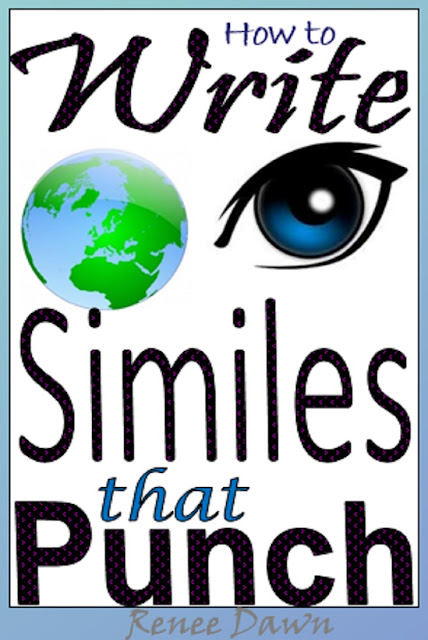…because they’re both
floating, they’re both alone, traveling across long distances, carrying people.
But a ship is not the first
simile to come to mind.
When you ask a kid, at first they
might say: Earth is like a…planet.
No, you say, Earth is a
planet. Tell me something different that Earth is like. It can be the same color, shape, size,
texture, or action as Earth—but otherwise very different.
OK, Earth is like an apple
because they’re both round.
That’s good. Now let’s go deeper. What’s the same color AND shape? Earth is like a blueberry. They are both blue and round. And besides that they are both fragile and easily
destroyed.
Very good! What else?
Earth is like an eye. An eye can
be green and blue, and, like the people on Earth, it sees stuff. You can even ask of the Earth, “What have you
seen?”
So, which simile packs the
most emotional punch?
That depends. What else do you want to say about the
Earth? Is it crowded—like a zoo? Is it big and lonely—like a blue whale?
Is it alive—like a
garden? Or desolate—like a desert?
Simile isn’t just a matter of
finding something similar. It’s finding
the thing that’s the most similar to how you feel about your object.
Go deeper…
Pack an emotional punch…
Once you get the hang of similes, you can’t stop noticing connections and associations. An iguana is like a pickle, because they’re both green, bumpy and strange. A spider is like a robber because they’re both creeping and frightening. A sea shell is like a cave, because they both have deep, dark spaces. A flower is like a soldier, because they both stand tall and weather a storm.
If you teach your kids to write spectacular poems with similes that “punch,” they’ll never see the world
the same. Because then, all of life will
be like a poem!






No comments:
Post a Comment